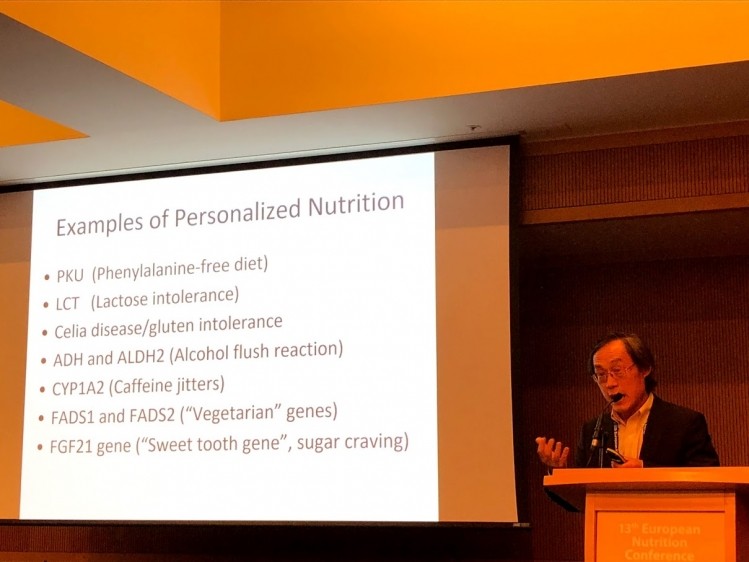FENS 2019: Nutritional study shift places focus on systems-based approach

That was the belief of Dr Frank Hu, who took the opportunity to discuss the systems-based epidemiology approach that more studies were adopting to better assess nutritional impact.
“A major nutritional shift in nutritional epidemiology has been from single nutrients in food analysis to dietary analysis and the health patterns of Mediterranean and plant-based diets amongst others,” said Dr Hu, who was speaking at The Federation of European Nutrition Societies (FENS) conference last month in Dublin, Ireland.
“Eventually, we want to translate what we learn from these studies to clinical predictions, dietary guidelines and nutritional policies.
“I think this type of approach is much more useful than the single nutrient approach as humans don’t eat isolated nutrients,” added Dr Hu,
“What we have found for example is the type of fat is much more important than total fat in predicting the risk of disease or mortality.
Controversial red meat study
Dr Hu, who is the Fredrick J. Stare professor of nutrition and epidemiology at Harvard T.H. Chan School of Public Health, pointed to the recent study recommending that adults who eat red or processed meat need not cut down on the amount they consume.
He was critical of the study’s Grading of Recommendations, Assessment, Development and Evaluation (GRADE) method that assessed the relationship between meat and adverse health outcomes as unsuitable for nutritional studies.
“The study is very poorly done,” said Dr Hu. “The conclusion is extremely controversial and contradict previous recommendations from the World Health Organisation (WHO), USDA and The American Cancer Society.
“If you look at the results of the three meta-analysis, all three found those who ate a lower amount of red or processed meat or even a dietary pattern lower in red meat, actually had a significantly lower risk of CV, cancer or total mortality and type 2 diabetes. So basically, their recommendations contradict their own data!”
Precision nutrition
Dr Hu went on to discuss the potential role precision and personalised nutrition could have in addressing chronic conditions that have affected population health during the last 25 years.
“The general misperception of precision nutrition is that personalised nutrition is developed according to your genes or microbiome,” he said. “I think the goals of precision nutrition is much more than this.”
He pointed to the recent paper he co-authored that discuses advances in genomics, metabolomics, and gut microbiome technologies that contribute to precision nutrition’s ability to prevent and manage type 2 diabetes.
“Nutrigenomics studies have identified genetic variants that influence intake and metabolism of specific nutrients and predict individuals' variability in response to dietary interventions,” the paper wrote.
“Metabolomics has revealed metabolomic fingerprints of food and nutrient consumption and uncovered new metabolic pathways that are potentially modified by diet.”
The study, published in Lancet Diabetes, details evidence pointing to dietary intervention success in altering abundance, composition, and activity of gut microbiota relevant for food metabolism and glycaemic control.
“By integrating these technologies with big data analytics, precision nutrition has the potential to provide personalised nutrition guidance for more effective prevention and management of type 2 diabetes.”
“The paper details the broad goals of precision nutrition. One is to obtain more precise measurements of dietary intake,” added Dr Hu.
“Second of all, more precise diagnostics of nutritional intake and more accurate prediction of disease risk, identifying more responsive individuals and identify more precise nutritional interventional targets.
“We eventually want to apply these nutritional recommendations as a personalised nutritional therapy tailored to your genetic background, microbiome and so on.”















